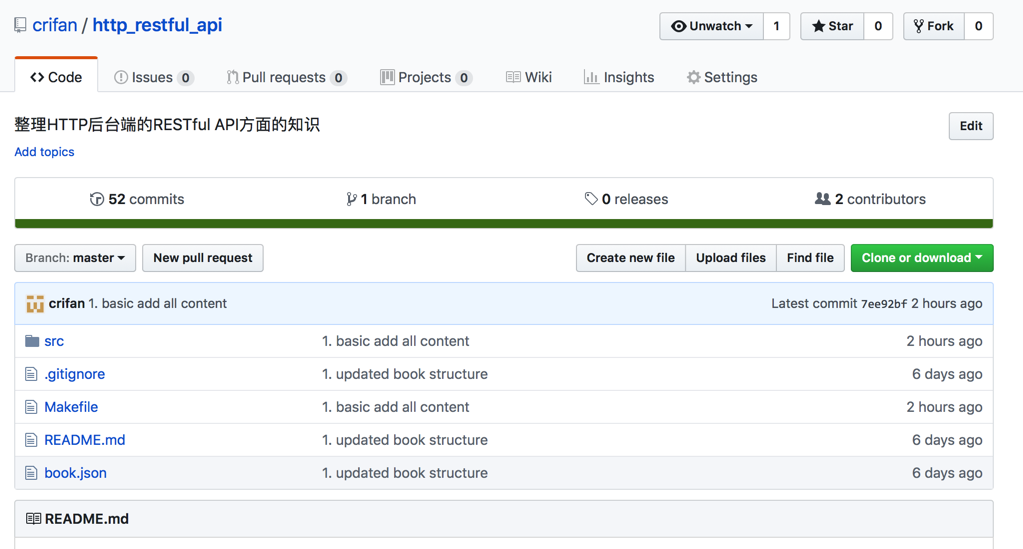


GIT SET UPSTREAM HOW TO
A cloned Git repository or your own Git project set up locallyĪlso Read: How To Install Git On Debian 10 Buster Why are upstream branches so useful in Git?.It lets you change the default remote branch. When you transfer something upstream, you are transferring it back to the original authors of the repository.īy git set-upstream, you can determine where your current local branch will flow. Using a river analogy to explain the flow of data, upstream is transmitting your data back to where the river stream is originating from. Usually, upstream is from where you clone the repository. It is also closely connected with remote branches. Upstream branches specify the branch tracked on the remote repository via your local remote branch (known as a remote-tracking branch). Inspecting tracking branches configuration.Set tracking branches for existing local branches.Set tracking branches for new local branches.Set upstream branch for an existing remote branch.Why are upstream branches so useful in Git?.However, while creating a new branch, or when working with existing branches, it can be pretty useful to know how to set upstream branch in Git. This tutorial helps you all in learning what are upstreams, what is git upstream branch, how to set up a Git upstream branch, how to change it, and how to have an overview of which Git branch is tracking which upstream branch. The name of your current branch.Once you clone a Git repository or build new features via branches, you should have an idea about how set-upstream branches and work properly. the remote branch *must* have the same name as local.įatal: The upstream branch of your current branch does not match # this is similar to "current" and unlike "upstream". # try pushing - and note that again it fails. # switch to the testing2 and set nottesting2 as its upstream # create a new branch locally and push to remote # this behaviour is similar to "upstream" and unlike "current". # try pushing this branch to the remote end - note that it fails. Thus simple is a cross between current and upstream – unlike current it does not create a new branch and unlike upstream it cannot push to a branch with a different name. However, if a branch of the same name doesn’t exist at the remote end, a new one won’t be created. simple: If you don’t specify the remote, push the current branch to a branch with the same name on the remote end.This GitHub help page too is worth a read. These in turn helped me understand why the push policy is called upstream and the scenarios where one might require such a policy. If that’s the behavior you want, be sure to set the push policy as upstream.Īs an aside: I found this and this – two useful posts from StackOverflow to understand the concept of an upstream remote. This makes it impossible to have your local branch point to a differently named remote branch and issue git push without any further instructions and expect it to work. If the push policy is set to current it always pushes to a branch of the same name on the remote end, and if such a branch doesn’t exist it creates one. The last example makes the difference between current and upstream very clear. # just to compare "matching" with "current" let's change the push policy to "current" and see what happens # and do a git push with no remote specified and notice how it works without a fuss!Įnter passphrase for key '/c/Users/rakhesh/.ssh/id_rsa': # now switch to testing2 and set nottesting2 as its upstreamīranch testing2 set up to track remote branch nottesting2 from origin. # let's create a new branch called nottesting2 and set that as the upstream Hint: "git push -u" to set the upstream config as you push. Hint: will track its remote counterpart, you may want to use Hint: If you are planning to push out a new local branch that Hint: branch that already exists at the remote, you may need to Hint: If you are planning on basing your work on an upstream PS> git branch -set-upstream-to origin/testing2Įrror: the requested upstream branch 'origin/testing2' does not exist # set the upstream via git branch - note that it fails as the remote branch does not exist # delete the remote branch so I can try one more thing # if the remote branch name is explicitly specified, a new branch is created and pushed to To push the current branch and set the remote as upstream, use # try pushing this branch to the remote end - note that it failsįatal: The current branch testing2 has no upstream branch. # create a new branch called testing2 and switch to it


 0 kommentar(er)
0 kommentar(er)
